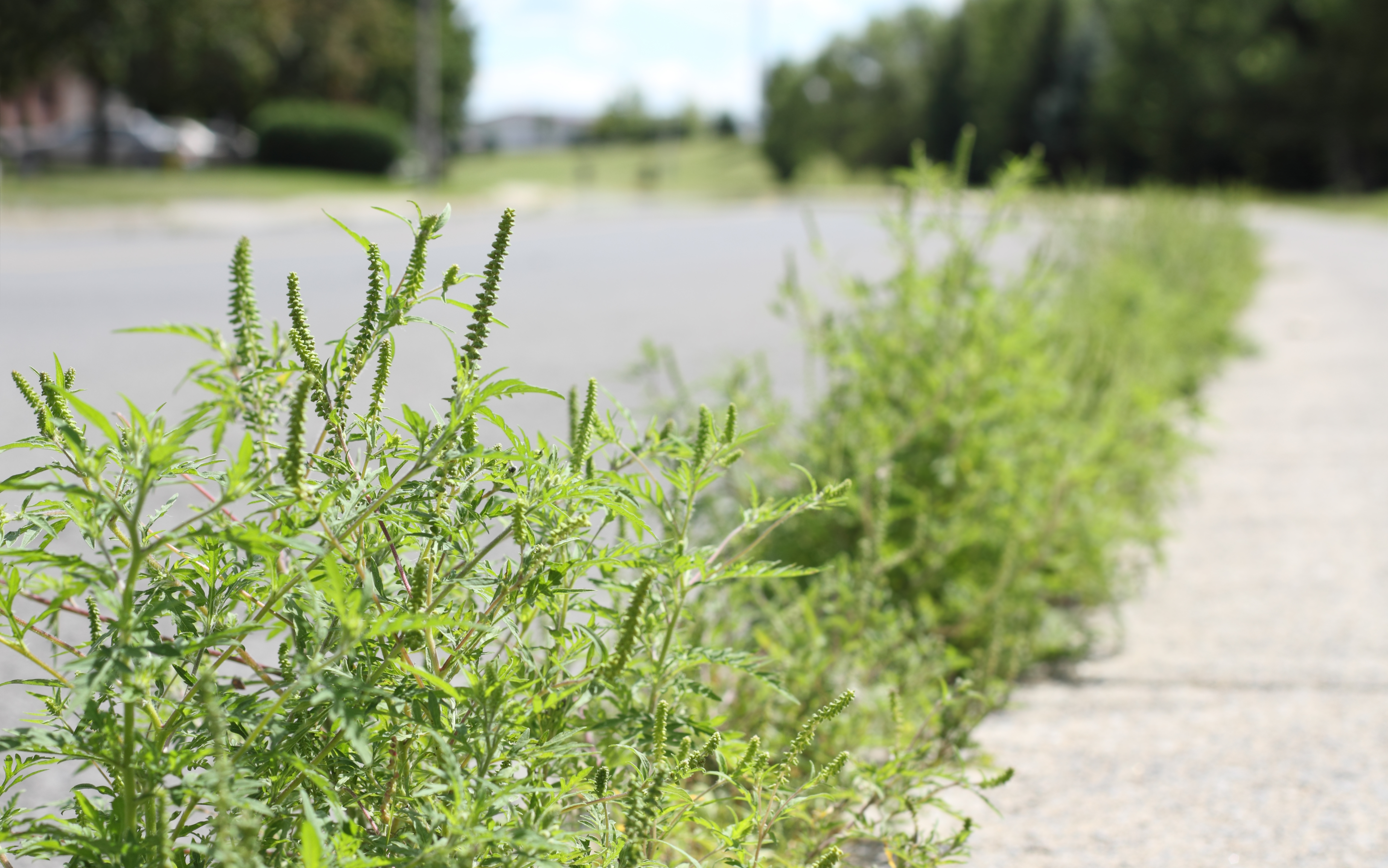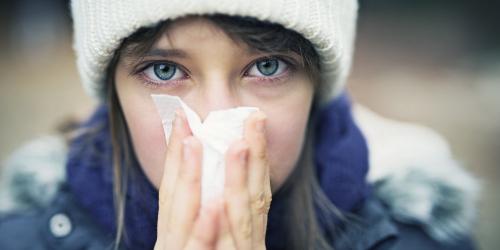You thought you were done with repeated sneezing, red eyes and runny nose? Allergic to pollen, get ready for a resurgence of the typical symptoms of this affection at the end of the summer. Ambrosia, a plant native to North America with ultra-allergenic pollens, knows its peak flowering at this time of the year.
"The quantities of ragweed pollen have increased significantly in recent days: the risk of allergy is high to very high in Roussillon, Lyon, Valence and Grenoble.In the Loire and Ain, the risk is for the moderate moment but could quickly move to the next level ", explains the National Network of Aerobiological Surveillance (RNSA) in its surveillance bulletin dated August 23rd.

istock
Only a few grains of pollen can trigger the symptoms
Particularly established in the Rhône-Alpes region despite the uprooting campaigns decided on a case by case by town halls, the plant whose male flowers are grouped in long ears with yellowish stamens visible, can reach up to 1.80 meters.
It grows most often in sunflower fields, near orchards and fallow land, along roads or railways. Its fruits, thorny, cling to the hairs of animals but also the clothes of walkers, thus promoting its spread throughout the Hexagon.
This year, "the peak pollen emission highest will occur late August, early September, and can reach level 5," said Gilles Oliver, RNSA engineer, interviewed by Le Monde . On its website, the Air Rhône Alpes agency specifies that it only takes "a few grains of pollen per cubic meter of air for the symptoms to appear in sensitive people. "
10 to 20% of the population affected by pollen allergy
Rhinitis (stinging nose, sneezing, repeated sneezing), conjunctivitis but also dry cough, urticaria, eczema and even asthma are common symptoms of pollen allergy that affects 10 to 20% of the population each year. To protect himself or, all the less, try to circumscribe them, Dr. Pham-Thi, allergist at the Institut Pasteur medical center in Paris advises, at first and when we know that he is allergic, informed in real time of pollen peaks through the applications and newsletters provided for this purpose. "Depending on the situation, we will adapt his agenda and postpone, for example, outdoor activities. "

istock
Simple actions to limit allergic symptoms
Other practical measures of daily life also make it possible to limit the damage: "In case of exit, it is advisable to bring a pair of glasses and a hat" -the volatile pollens, irritate the mucous membranes and are deposited on the hair. Similarly, "simple actions such as rinsing your hair on your way home, undressing outside the room where you will spend the night or avoid drying your clothes outside will reduce the exposure to allergens, "says the specialist.
In a crisis, antihistamines are usually needed to treat symptoms. Cleaning the nose and eyes with "saline or eye drops and allergy spray" also helps to reduce rhinitis and conjunctivitis.
Desensitization over three years
However, only desensitization (sublingual drops or injections) can definitively end allergies. It is practiced outside the political season, over three years. And the allergist warns: "Allergies weaken the body and make it more permeable to infections. It is therefore important to be followed by a professional who will be able to establish an accurate diagnosis through skin tests and adapt the treatment according to the results. It is illusory to think that the reactions will disappear with age, on the contrary, they will be more important from year to year. "
To fight against the expansion of ragweed, the website and the application "Ambrosial signaling " encourage the public to report the presence of the offending plant throughout the territory. This information is then transmitted to communal referents who can then coordinate different actions to eliminate the undesirable. In 2012, the Rhône-Alpes region alone estimated the health costs of ragweed allergies at between 11 and 16 million euros.


